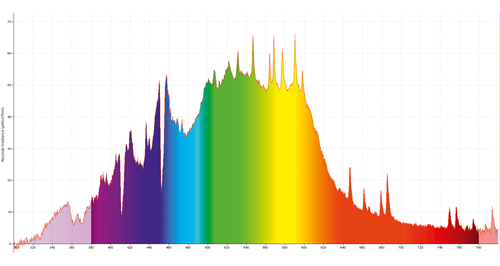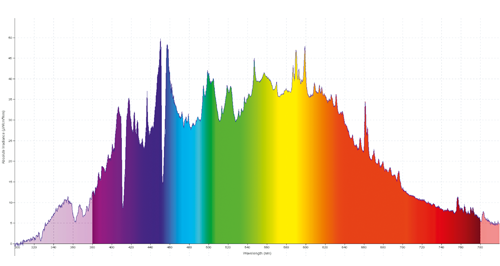- Joined
- Jul 16, 2009
- Messages
- 5,071
- Reaction score
- 8,108
While turbidity may reduce light transmittance in shallower reefs in sandy coastal areas, it would be reduced slightly reduced intensity more than spectral shift. That and there are surely plenty of tidal lagoons with low turbidity and low surface agitation that are much higher intensity per depth, especially in equatorial areas. I think a lot of these studies and observations are turned into generalizations that don't always fit as tightly as we want them to.
























